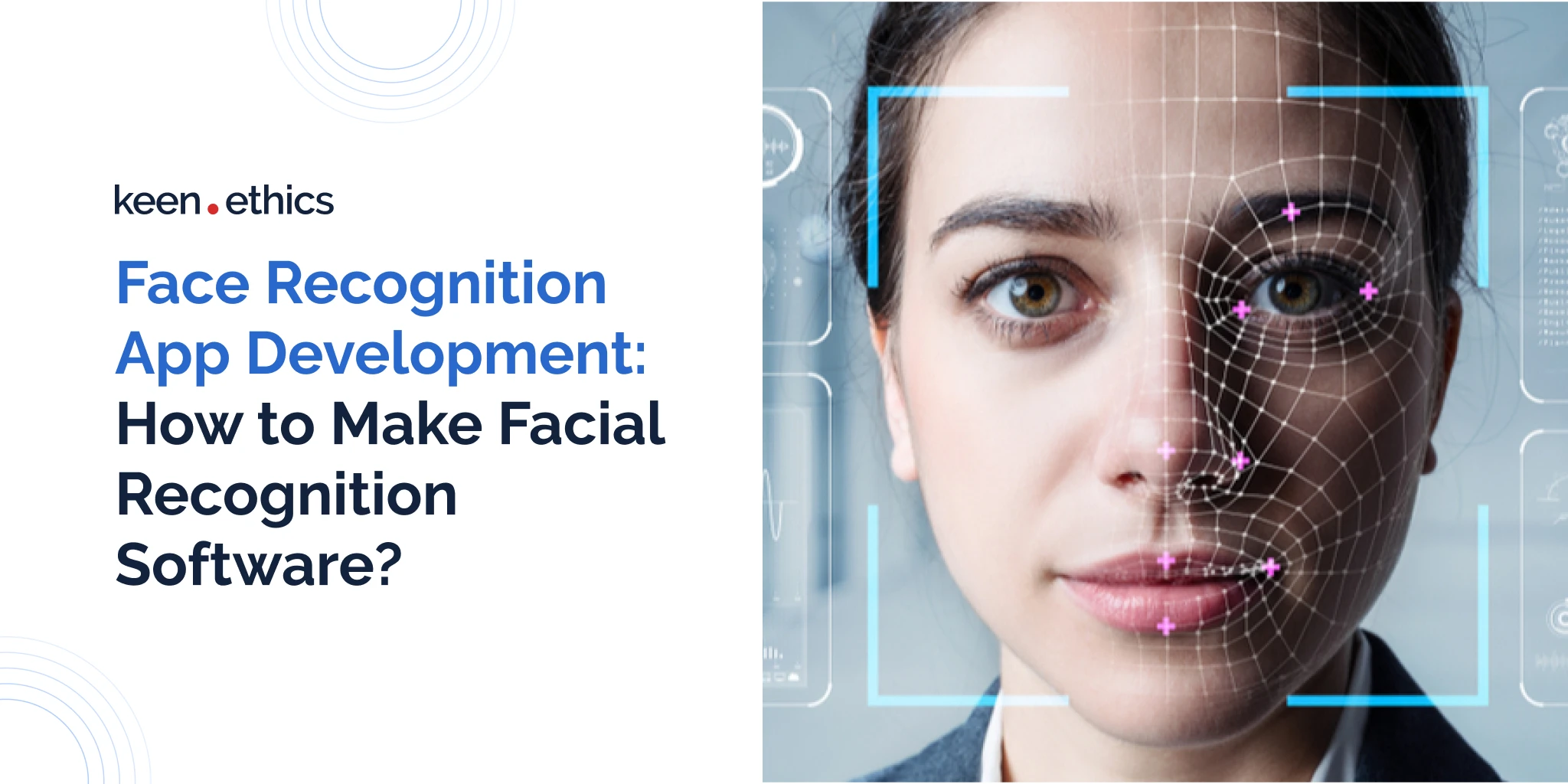
Unmasking the Technology: A Deep Dive into Facial Recognition
Facial Recognition technology has become a ubiquitous presence in our lives, impacting security, convenience, and privacy. In this article, we explore the mechanisms, applications, controversies, and the evolving landscape of Facial Recognition.
The Mechanism Behind the Face: How Facial Recognition Works
Facial Recognition operates on the premise of analyzing unique facial features to identify and verify individuals. Using algorithms and biometric data, the technology maps facial characteristics, such as the distance between eyes, nose shape, and jawline, creating a distinctive facial signature. This intricate process enables accurate identification, even in a crowd.
Security Fortified: Facial Recognition in Law Enforcement
Law enforcement agencies worldwide leverage Facial Recognition to enhance public safety and criminal investigations. The technology aids in identifying suspects, locating missing persons, and preventing potential threats. However, its use has sparked debates regarding privacy, surveillance, and the potential for biases in identification.
The Rise of Convenience: Facial Recognition in Everyday Life
Facial Recognition extends beyond security to revolutionize everyday experiences. From unlocking smartphones to boarding flights and accessing secure facilities, the convenience offered by this technology streamlines processes. However, concerns about data security, consent, and the potential misuse of personal information persist.
Facial Recognition in Retail: Personalizing Customer Experiences
Retailers harness Facial Recognition to personalize customer experiences. Analyzing in-store behaviors and preferences, the technology enables targeted marketing, optimized store layouts, and enhanced customer engagement. Striking a balance between customization and consumer privacy remains a key challenge in this application.
Controversies and Concerns: Biases and Privacy Implications
Facial Recognition systems have faced scrutiny for their potential biases, especially concerning ethnicity and gender. Additionally, privacy concerns arise as the technology expands its reach into public spaces and private domains. Stricter regulations and ethical considerations are essential to address these controversies and safeguard individual rights.
Facial Recognition in Healthcare: Advancements in Patient Care
In healthcare, Facial Recognition contributes to patient care by streamlining administrative processes, securing medical records, and enhancing hospital security. Biometric identification ensures accurate patient matching and reduces the risks associated with identity errors. However, safeguarding sensitive health data remains paramount.
The Ethical Landscape: Navigating Facial Recognition Use
The ethical considerations surrounding Facial Recognition encompass issues of consent, transparency, and individual rights. Striking a balance between the benefits of the technology and the potential risks requires clear ethical guidelines, responsible implementation, and ongoing public discourse.
Regulatory Responses: Shaping the Future of Facial Recognition
Governments and regulatory bodies are responding to the challenges posed by Facial Recognition. Some regions have implemented restrictions on its use, emphasizing the need for transparency, accountability, and safeguards against misuse. Ongoing discussions aim to establish a framework that balances technological innovation with ethical principles.
The Future Unveiled: Innovations and Evolving Applications
As technology evolves, so does the future of Facial Recognition. Innovations in machine learning, improved accuracy, and expanded applications are on the horizon. The technology is expected to play a role in diverse fields, from enhancing security to enabling new forms of interactive experiences.
Navigating the Complex Terrain
In conclusion, Facial Recognition is a complex and evolving technology that intertwines convenience, security, and privacy considerations. As it continues to shape our digital landscape, navigating the complexities requires a thoughtful approach, encompassing ethical considerations, regulatory frameworks, and technological advancements. To explore more about the dynamics of Facial Recognition, visit our comprehensive guide for a deeper understanding of this transformative technology.